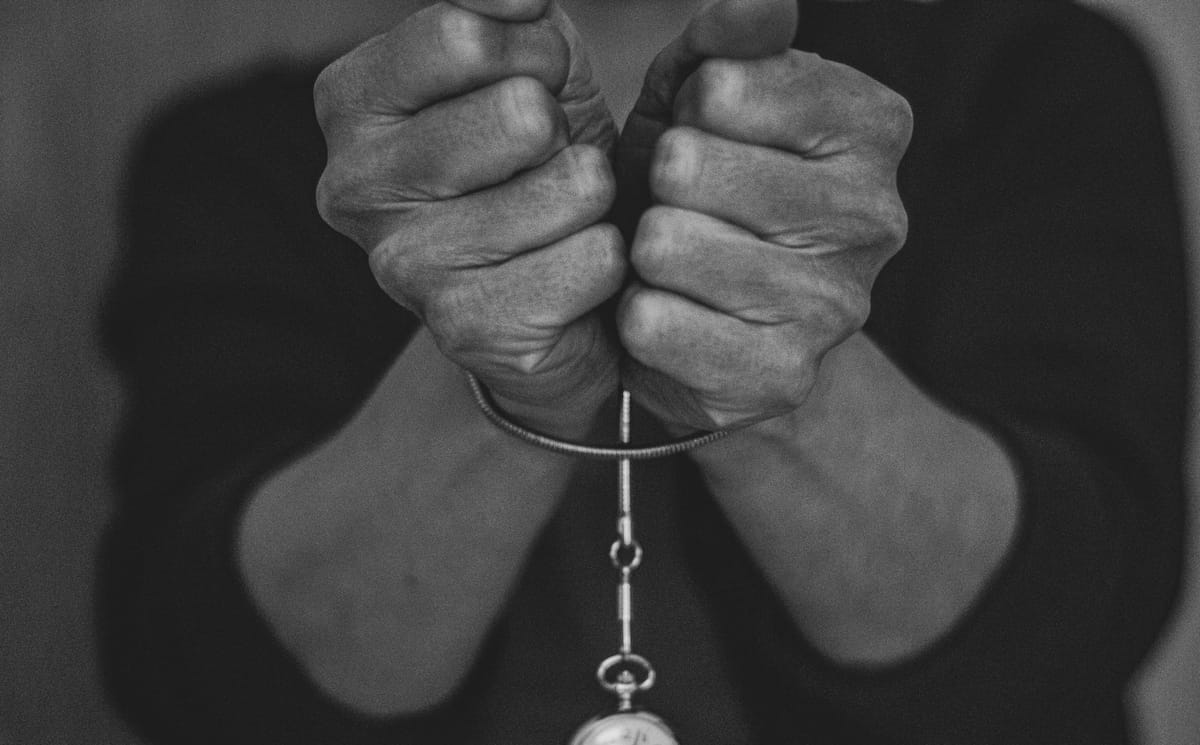Note: If you are sedentary or in poor health, make sure you see your doctor before trying any hard workouts including the ones below. Start small and work bigger once you have a fitness base. The overall idea is to make fitness a routine part of your life!
Running: When I got sober back in 1984 I felt a physical/emotional/spiritual urgency to do something with my turbulent emotions. I started to run, just for short distances that I gradually increased over time. Afterwards, I felt calmer, more relaxed and a little less anxious. Running helped me to feel safer, freer and at times even joyful. Over time I increased my speed and distance. Running isn’t for everyone but I love it and will continue to do so as long as my body holds up.
If you want to take up running check with your MD first to get cleared and then start small and build slowly. If you haven’t run for a long time DON’T try to run fast for five miles. It will overwhelm you and you’ll quit. Try going for a mile or two max and split it into a half-mile walk followed by a half-mile slow jog. Aim to go three to four times weekly for a month. Then gradually increase your distance as well as your time jogging. You will only start to feel the joy of running as your conditioning for it improves. Don’t quit!
Boxing: I was always interested in boxing. In his heyday I was inspired and mesmerized by Muhammad Ali’s grace and tenacity in the ring. Ten years ago I started my journey in boxing. It’s a complete head to toe exercise, challenging your cardio, strength and not least of all your mind. It’s easy to lose yourself in the techniques and fundamentals, (in a good way) . I eventually sparred and then competed only retiring after getting a concussion in my last fight. I retired at four wins and one loss. I still train as can you, I just don’t fight anymore and you don’t have to either. If you want to train boxing, you’ll need to find a gym and a good coach.
Jiu-Jitsu-Is grappling, and it challenges different muscle groups. I am much less likely to sustain head trauma but am adding to my self-defense tools and getting a challenging workout. It’s another martial art so there is a lifetime of learning to occupy you happily. It can be humbling (not a bad thing). You need grip strength, flexibility, balance and the ability to push and pull. If you want to practice the art you need to find a good gym willing to work with beginners.
Skipping Rope-To be honest, learning to skip rope is a pain in the ass. At first. It makes you feel clumsy and uncoordinated. I’d get in a couple skips then the rope would get fouled in my feet and I’d have to start over, cursing. My boxing coaches insisted I learn how for cardio and footwork benefits so I stuck with it. After a while, I found a rhythm and started to see the results both in the ring and outside it. Now skipping rope is part of most of my workouts. I often skip two to three hundred times to warm up for a run or for a strength and conditioning session. it’s great for balance, strengthens calf muscles and builds cardio very effectively. Some days skipping is my primary workout. I find a sunny spot, put in my ear pods and play some rock and roll, and skip two-thousand times in increments of one hundred skips interspersed with a brisk one-minute walk. If I’m feeling particularly ambitious I’ll throw in some squats and push ups between intervals. The whole workout takes about forty-five minutes and keeps my heart rate right around 150 beats per minute. Skipping rope will put your heart rate into near max zones and will keep it there.
Hint: If you are starting out try to remember it’s called “skipping rope.” Stand on your toes with your feet close together and try to time your skip as the rope slaps the ground. Expect to foul frequently but commit to ten minutes three to four times weekly and you’ll see improvement soon.
HIIT Training: I have to parse this one a bit and say that I actually hate HIIT training but so does everybody! It stands for High Intensity Interval Training. Which means you are pushing yourself to maximum output for a time segment followed by a much lighter work load before going back to maximum output again, and so on. An example would be running segments where you run at your absolute fastest for 30 seconds followed by a slow jog for 30 seconds and alternate for ten minutes. Warning: Do NOT Attempt HIIT training if you are sedentary! This is something to work toward after getting clearance from a doctor and then under the tutelage of a trainer! The other thing you can do is short high intensity segments followed by longer low-intensity, say 10 seconds at high intensity followed by 50 seconds low intensity. Once you become relatively comfortable you can increase high intensity while subtracting low intensity.
Under my trainer we often use an Airdyne bike which is a very nasty but effective piece of equipment. The harder you pedal, the more it resists you. If you ever want to slow down time, try doing Airdyne sprints. My coach will have me do twenty-tens, eight reps a total for only four minutes. That’s nothing you might say. Wrong! Max output for a long twenty seconds leaves you gasping then you pedal light for ten seconds and then you have to hit hard for twenty again and so on. Your heart rate will shoot up and leave you gasping for breath. Okay so why do it? It’s heart healthy and builds your lung capacity and prepares you to be able to do max capacity in sports like boxing. What I love about HIIT is how it creates a very relaxed state afterwards. Minimal anxiety, great appetite and great sleep post-workout. HIIT should be performed only once weekly.
What workout are YOU doing? Shoot me an email or make a comment below!






Comments